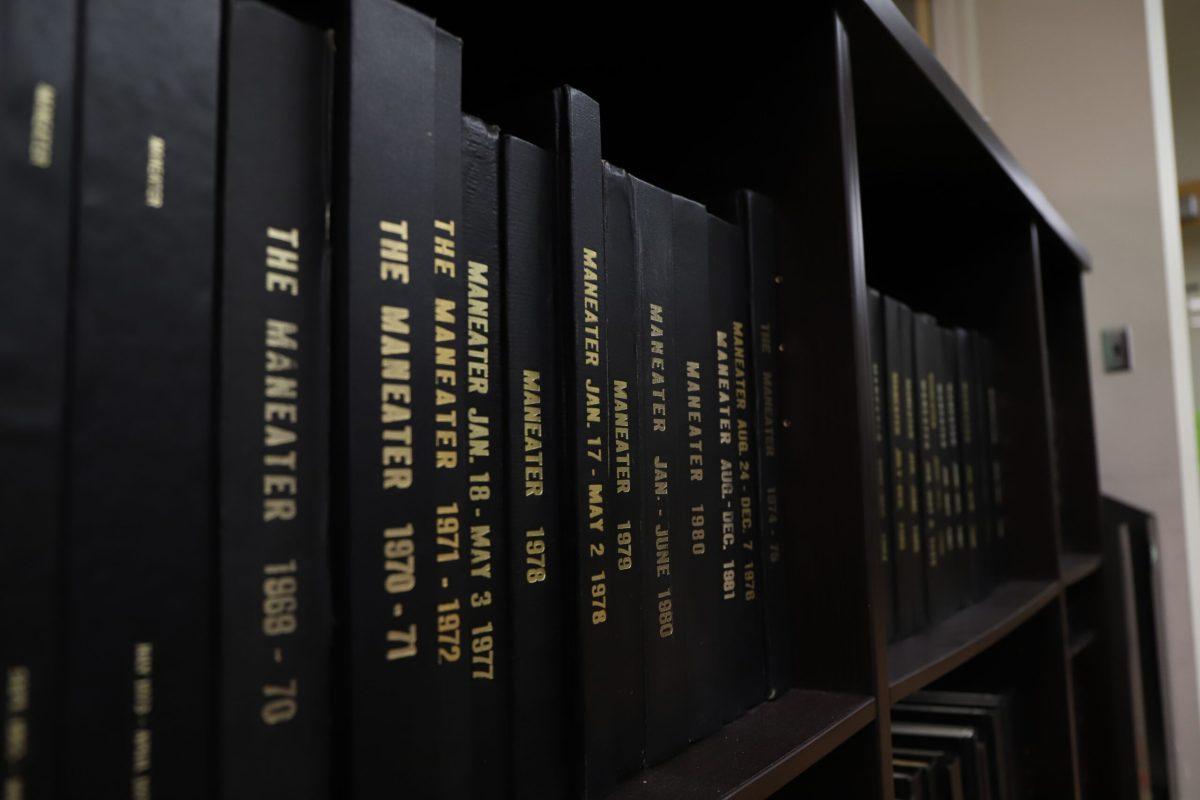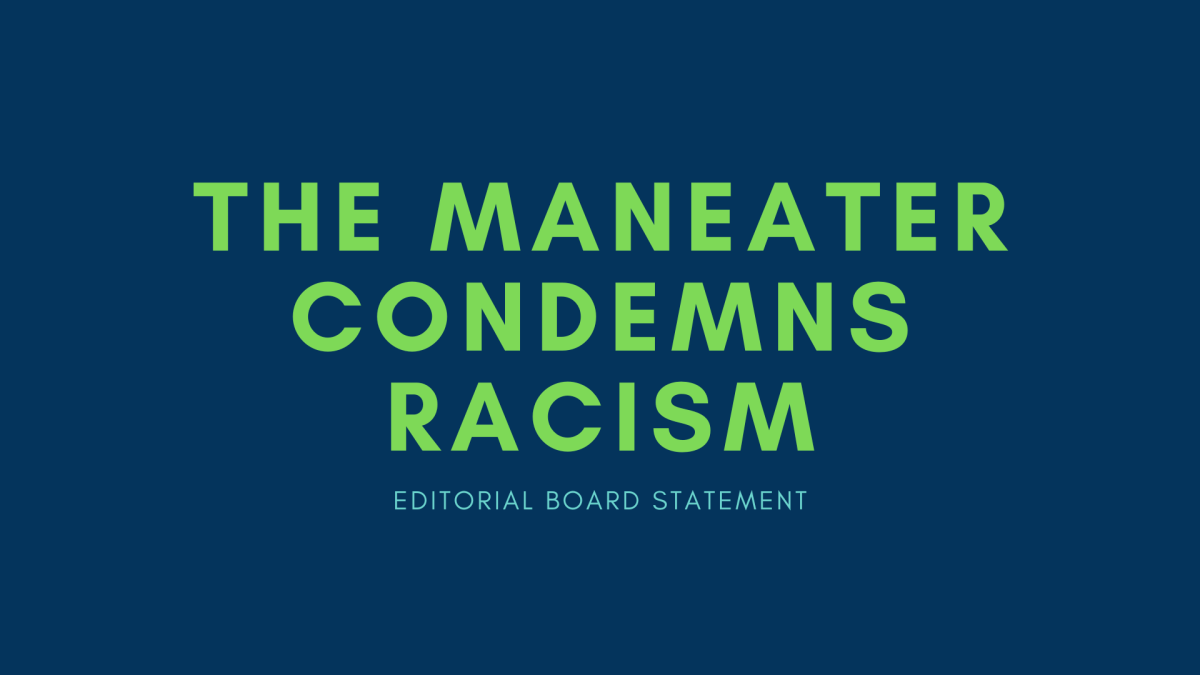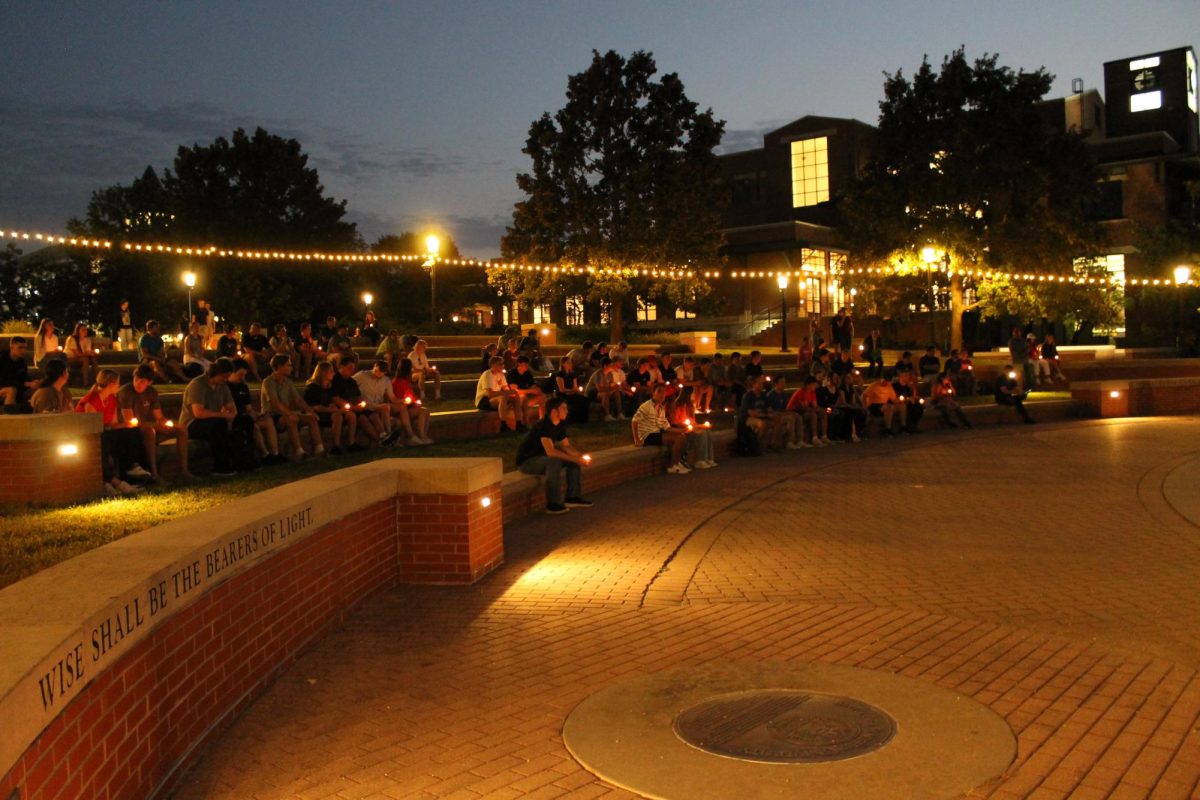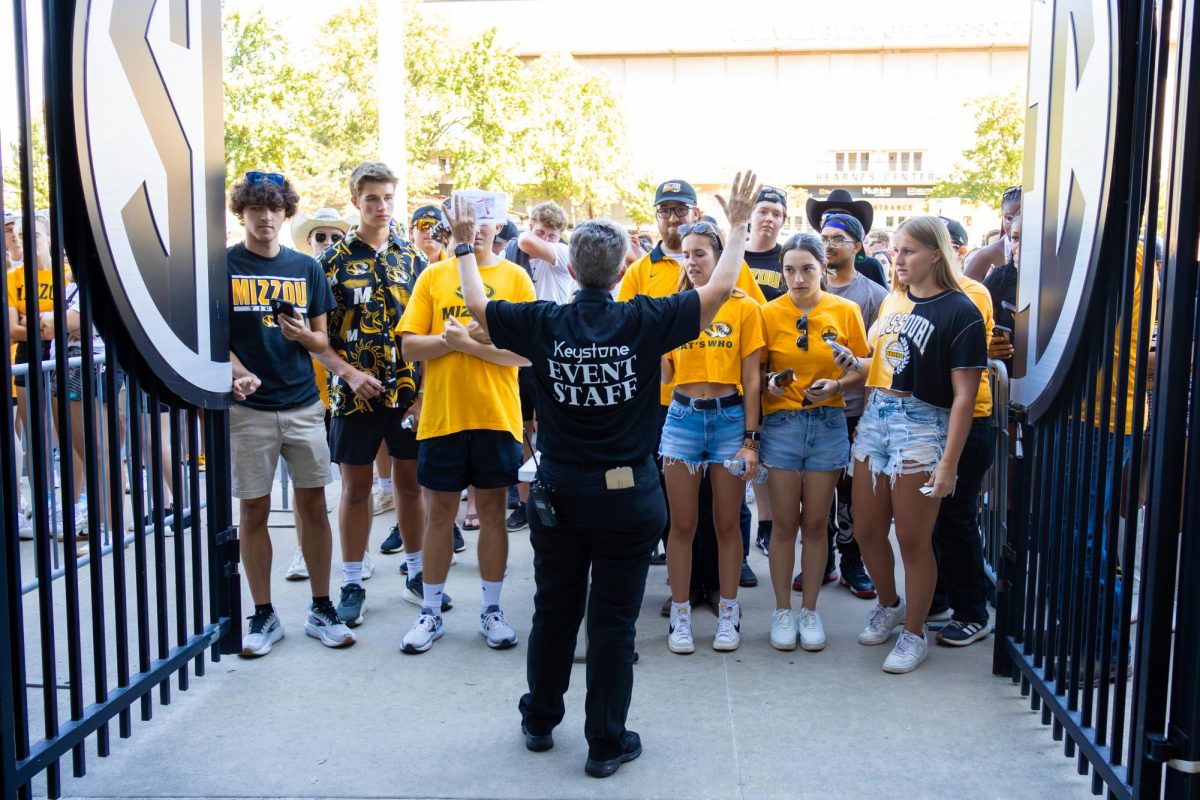The 2023-24 Editorial Board stands with students impacted by the recent SCOTUS decisions on affirmative action and student debt relief, which unjustly restrict access to higher education for marginalized students.
Supreme Court Rulings
On Thursday, the Supreme Court struck down affirmative action programs at the University of North Carolina and Harvard University. This ruling ends the consideration of race in the admissions process for public and private universities, overturning nearly 50 years of precedent. The court determined the affirmative action programs in question violated the Equal Protection Clause of the Constitution because students of color were given preference due to their race.
Many who advocate for policies based in colorblindness saw the ruling as a victory, while others were disappointed with the outcome, fearing it would adversely affect students of color and discourage diversity. Colorblind policy — founded on the theory that predicates racial equality is best achieved without specific regard to race and ethnicity — fails to acknowledge the long-lasting repercussions of legal discrimination and racism in America. By disregarding these tenants of systemic racism, “colorblind policies” fail to provide equitable access to education. In turn, furthering the economic barriers that affect marginalized communities more significantly.
While the Supreme Court struck down affirmative action, legacy admissions still stand. Legacy admissions are the practice of offering preferential treatment to the descendents of alums during the college admissions process. Students who come from educated families, often with generational wealth, benefit most from legacy admissions. According to a 2019 study by the National Bureau of Economic Research, almost 70% of legacy applicants are white. This indicates that institutional practices intended to protect white students will be upheld while students of color will experience increasingly difficult access to affordable, competitive educational opportunities
This week, the Supreme Court also struck down President Joe Biden’s Student Debt Relief Program. The program was intended to erase $400 billion in debt, with approximately 43 million Americans eligible for the plan. The court determined the president cannot enact debt relief without congressional approval. Under the Higher Education Relief Opportunities for Students Act, the president could provide this relief during a national emergency. However, the court argued the unspecific language of this act does not grant the president the authority to enact the program. Student loan payments will resume in October.
Attorney General Bans
Following the Supreme Court ruling on affirmative action, Missouri Attorney General Andrew Bailey banned affirmative action at all Missouri universities. He called for institutions to immediately identify and cease any policies or practices of using race-based standards to make decisions about admissions, scholarships, programs and employment — thus eliminating MU’s automatic Diversity Award and competitive George C. Brook scholarship.
Although the UM System does not consider race as a factor in admissions at the undergraduate level, 20 of MU’s graduate level programs do. Additionally, according to UM System spokesman Christian Basi, the university offered $12.3 million in financial aid to students based on race and ethnicity last year.
Impact on Students
As a consequence of the Supreme Court decision and Attorney General Bailey’s ban, MU has agreed to end race-based scholarships and, at the graduate level, race-based admissions. A spokesman for the university stated that MU will honor financial aid commitments already awarded to returning and incoming students until their respective graduations as they were awarded lawfully under the previous Supreme Court and U.S. Department of Education interpretations. However, these scholarships and the consideration of race in graduate admissions will cease starting the next admission cycle.
These Supreme Court rulings, as well as the Attorney General’s ban threaten equal and affordable access to education, as well as diversity on campus. As many of the barriers to higher education were founded on the US racial wealth gap, striking down the Student Debt Relief Program furthers a cycle of wealth disparity in many marginalized communities. These students are further affected by the consequences of the Supreme Court ruling on affirmative action. As a result, students who often face the highest barriers to college admissions will now face further hardship in accessing higher education.
California removed affirmative action for public colleges in 1996; a decision that highlighted the importance of affirmative action in cultivating a diverse campus. Despite allocating more than half a billion dollars towards outreach to marginalized communities after the policy change took place, diversity on California campuses still fell. The year after the ban took place, enrollment among Black and Latino students at UCLA and U.C. Berkeley dropped by 40%. The ban has an even greater effect on more selective schools. The ban prevented students who once benefited from affirmative action programs from gaining access and opportunity to the same selective universities and educational resources as their peers.
It is essential that Missouri leaders look to the failings of California’s legislature and work diligently to prevent Missouri’s schools from following suit.
MU’s campus already falls short when it comes to diversity. The combined student population for graduate and undergraduate students is 76.4% white, while only 5.45% are Black and 5% are Hispanic or Latino. Research by College Board demonstrates that diversity on campus encourages collaborative learning, intellectual stimulation and richens the learning environment. Revoking affirmative action policies may further decrease diversity on campus. For the betterment of all students at MU, a diverse campus is essential.
The removal of affirmative action generates a need for other tools that admissions and scholarship officers can use when considering the hardships students face. U.C. Davis School of Medicine has seen promising results when using an “adversity scale,” which factors family income, education and other life circumstances into the admissions process. Diversity has increased since the school implemented the scale in 2012.
















